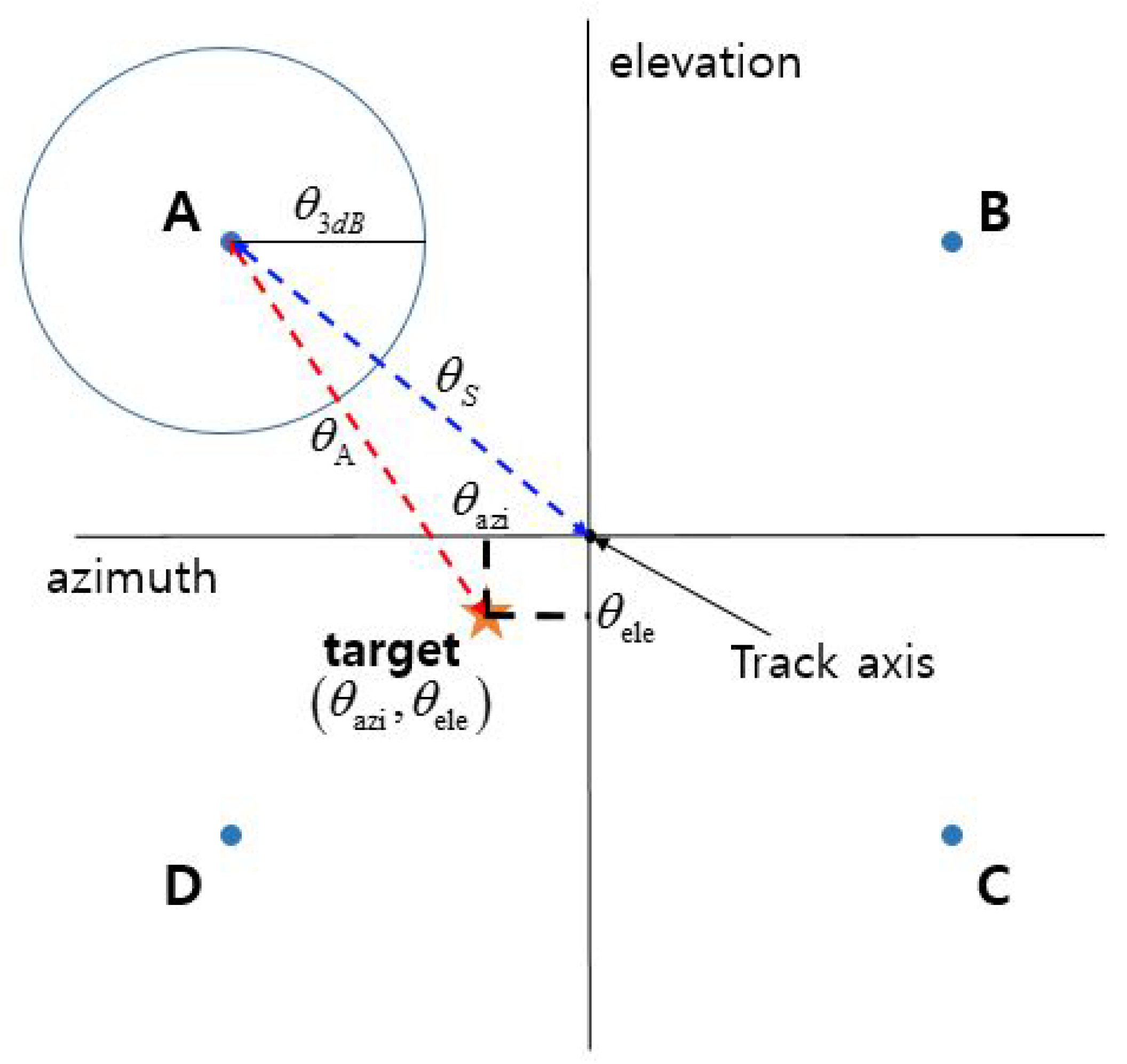

The complex monopulse processing method assumes that the target just falls on the sampling point of matched filter and only uses one matched filter to sample information, so it can only solve the problem of angle estimation of up to two indistinguishable targets. The solution to this problem from the beam is the angle superresolution method based on the improved monopulse processing method, and it mainly includes complex monopulse processing method, parameter estimation method based on joint bin processing (JBP), and maximum likelihood (ML) estimation. Serious deviation will occur when the angle of the target is estimated by using the traditional single pulse processing.įrom the spatial domain, the composite jamming described above can deceive monopulse radar from a multisource coherent/incoherent angle.


However, the false targets (green dots) in the same distance and angle resolution units are still possible to cause interference to the radar angle measurement and tracking system. The blue dots represent the false targets in the different range resolution units in the radar main beam resolution unit and can be identified or suppressed by the method of distance dimension false target interference. The black dots represent the false targets in the sidelobe region, which can be suppressed by the side lobe countermeasures. Radar range-angle two-dimensional display diagram.įrom Figure 2, we can see that, during the penetration process, many false targets may be observed in the range angle dimension of radar.


 0 kommentar(er)
0 kommentar(er)
